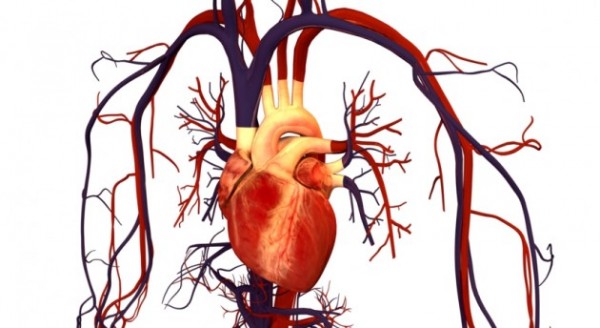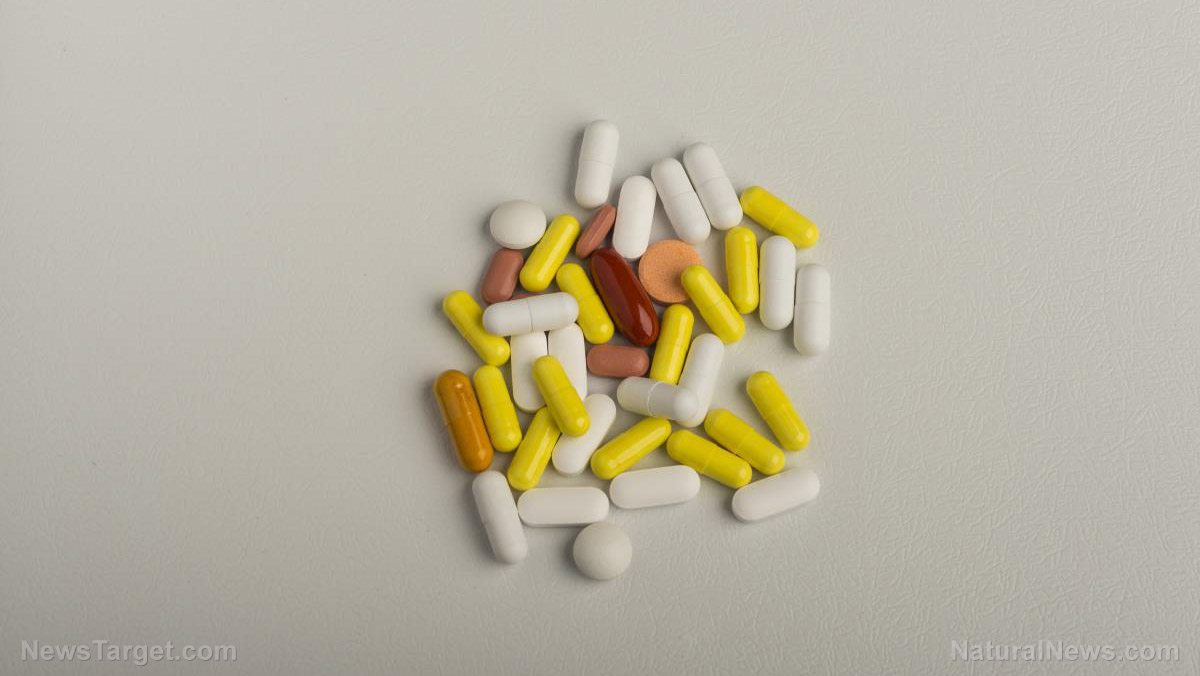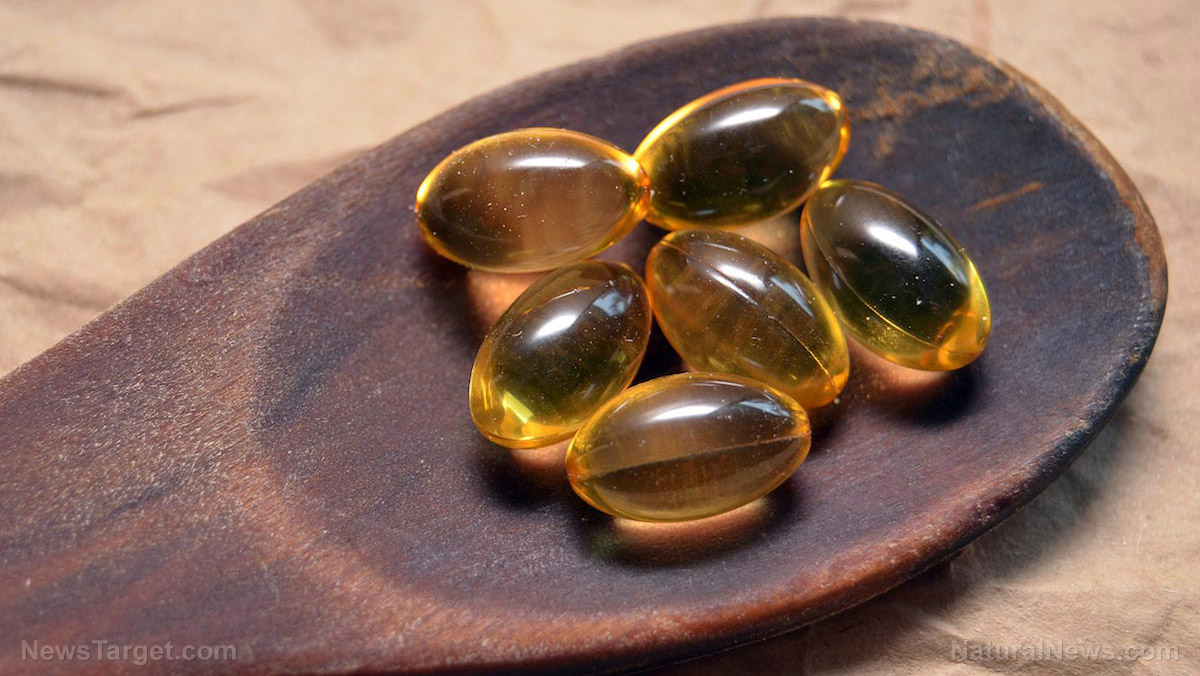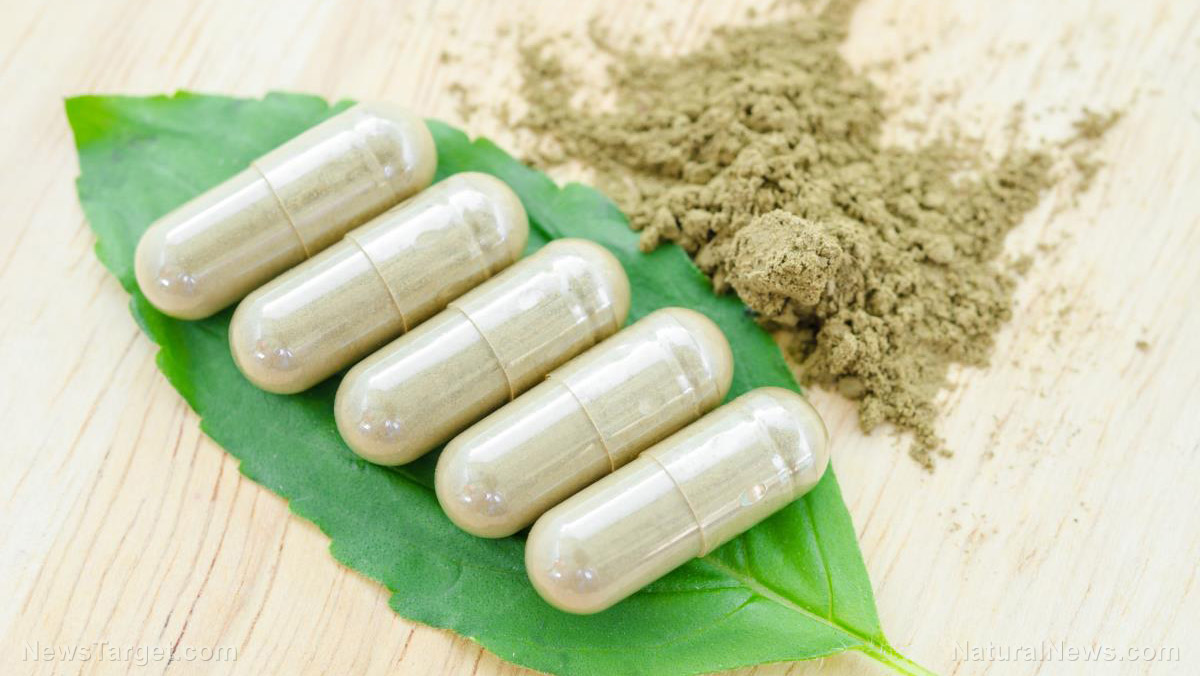Scientists find a way to grow a functional human heart
01/17/2017 / By Don Wrightman

Many people can be saved from their own failing organs by receiving transplants, but transplants aren’t necessarily the easiest solutions to employ. Often, patients must overcome the adversity associated with organ shortages, waiting lists; and strong drugs which can aid the recipients’ bodies in accepting the new organ.
Scientists in the US are making incredible progress in the lab, towards creating bio-engineered human hearts. They are regenerating functional human heart muscles, fused with the patients’ own cells. This procedure still requires a donated organ, however, it marks scientists being a step closer to not being reliant on sourcing whole living organs from other people’s bodies.
With over four thousand Americans waiting for heart transplants, only 2,500 are scheduled to receive new hearts within the next year. Scientists are doing great work which could end up fulfilling all transplant needs in the future. When the heart is transplanted, the body sometimes rejects the new organ with an immune reaction to the foreign cells. Researchers have been hard at work creating synthetic organs which use the patient’s own cells. A team of scientists at Massachusetts General Hospital and Harvard Medical School are now inching closer to reproducing the human heart, using adult skin cells to regenerate functional heart tissue.
Scientists would ideally be growing working hearts using the patients’ own tissues, but they are still some time away from achieving just that. But, organs have a distinct architecture which make them easy to grow in the lab, by using a scaffolding that the cells can build on.
Scientists have previously mastered a technique where a detergent solution strips potentially problematic cells from donor organs, decreasing the chances that the patient will develop the immune response. Cells that were deemed unfit for transplantation got stripped away prior to using the new technique with adult skin cells and messenger RNA, which turns them into pluripotent stem cells. The stem cells can be specialized for any cell type in the human body, and induced to become different types of cardiac cells.
Once researchers became confidant that the remaining matrix provides a durable foundation for new cells, they added the induced cells. Hearts were then infused with nutrients for two weeks, allowing them to grow under similar conditions found inside the body. After the two-week period expired, hearts were electrically shocked to commence beating. The beating hearts showed well-structured tissue, similar to that found in immature hearts.
Researcher Jacques Guyette from the Massachusetts General Hospital Center for Regenerative Medicine said “Regenerating a whole heart is most certainly a long-term goal that is several years away, so we are currently working on engineering a functional myocardial patch that could replace cardiac tissue damaged due to a heart attack or heart failure,” Guyette continues, “Among the next steps that we are pursuing are improving methods to generate even more cardiac cells, recellularising a whole heart would take tens of billions, optimising bioreactor-based culture techniques to improve the maturation and function of engineered cardiac tissue, and electronically integrating regenerated tissue to function within the recipient’s heart.”
This isn’t the first instance of lab grown heart tissue, but it’s the closest researchers have come to fully achieving set goals of growing an entire working human heart. Researchers admit they are not quite ready to meet their target, but they plan to improve their yield on pluripotent stem cells. Researchers would like to master a method that helps the cells mature in a timelier manner. They are also working on a more suitable environment to better replicate the body-like conditions in which the heart develops. Once scientists and researchers achieve their final goal, they will be able to create individualized hearts for their patients – avoiding the chances of transplant rejection and accompanying side effects.
Sources:
Tagged Under: heart transplant, organs, Stem cells




















